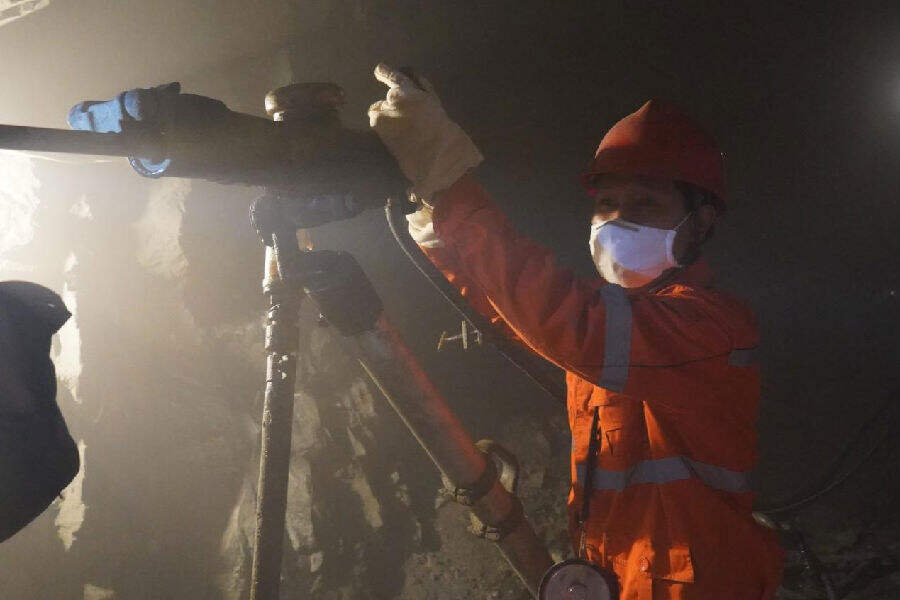Pneumatic rock drills, powered by compressed air, demonstrate significant advantages in specific scenarios, with hand-held and leg-type models being particularly favored.
Operating on compressed air, these drills produce no sparks during work, making them especially suitable for high-gas mines, flammable gas environments, and damp tunnels. Their safety coefficient far exceeds that of electric equipment.
Hand-held models (such as Y19A and YO18) are lightweight (generally under 25kg), easy to carry and operate, suitable for drilling shallow holes, anchor holes, and secondary blasting holes. Leg-type models (like YT27 and YT28) utilize an air leg for support and propulsion, capable of drilling horizontal, inclined, or upward blast holes with effective depths up to 5 meters, making them ideal for mine tunnel development.
These drills withstand harsh conditions like humidity and dust effectively. Wet drilling can further suppress dust, improving working conditions.
Although their energy efficiency is lower than hydraulic equipment, pneumatic rock drills offer low initial investment costs, simple maintenance, and high reliability. They provide significant comprehensive cost benefits for small and medium-sized mines, intermittent operations, or budget-limited projects.

Weighing as little as 6kg (such as the Y6 model), these drills are highly flexible and suitable for drilling small-diameter (Φ19-42mm) shallow holes, installing anchor bolts, setting up lines, and other auxiliary tasks, particularly in space-limited areas.
Typically weighing 20-30kg (e.g., the YT27 model at 27kg), these drills deliver impact energy of over 75.5 joules with an impact frequency ≥36.9Hz. They are suitable for drilling blast holes 34-45mm in diameter in medium-hard to hard rock (f=8-18), serving as the main equipment for mine tunnel development.
Pneumatic rock drills, particularly hand-held and leg-type models, maintain an important position in mining operations due to their inherent safety, operational flexibility, environmental adaptability, and economic efficiency. They remain a reliable and recommended choice for small and medium-sized mines, operations with specific safety requirements, auxiliary tasks, and frequently mobile projects.